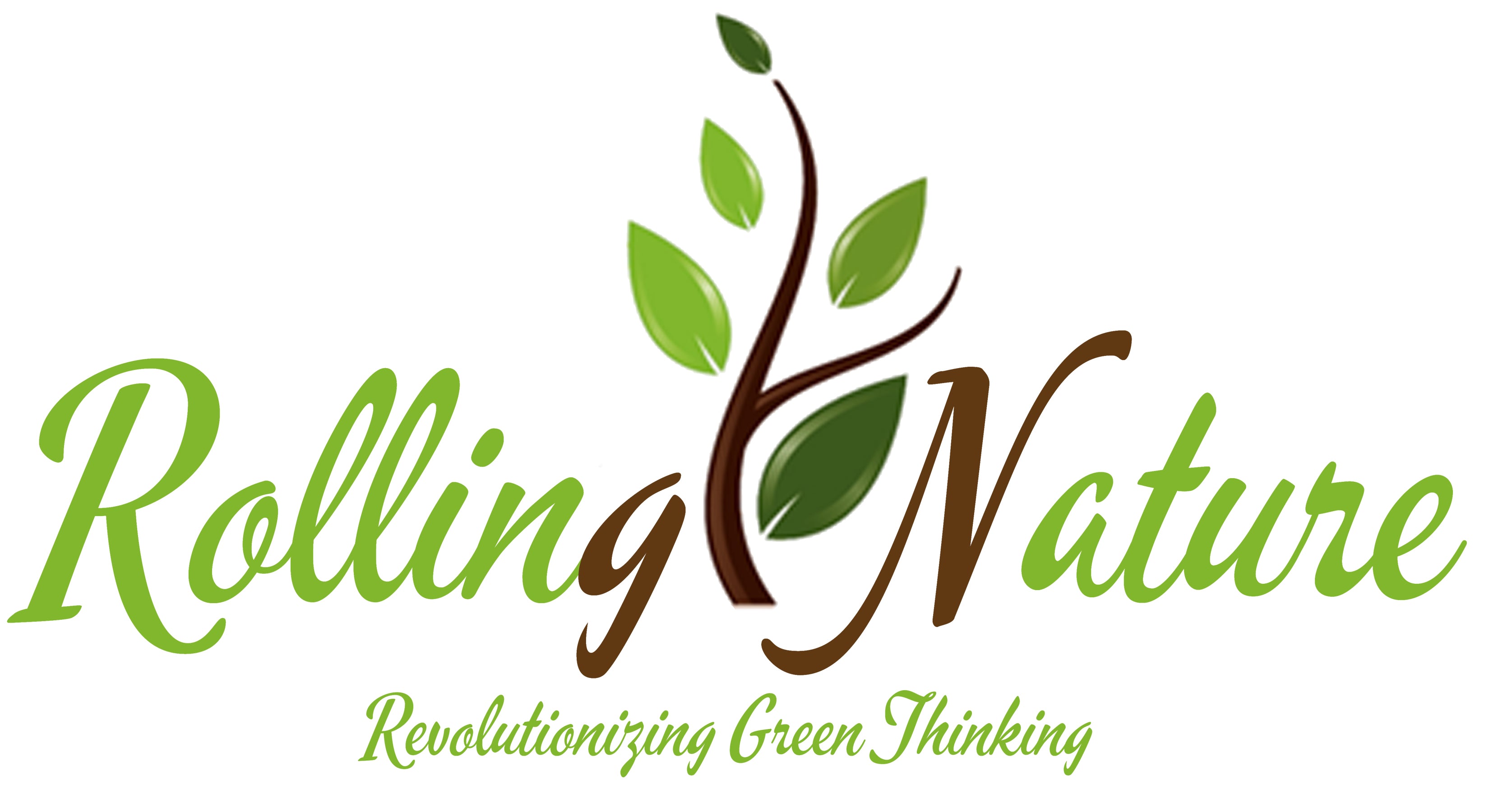Today, the environmental impact of packaging has become a critical concern. As consumers increasingly turn to online shopping, the need for sustainable packaging solutions has never been more pronounced. More online shopping means more packaging waste, pushing businesses to rethink and use eco-friendly options. Excessive packaging harms the environment, causing more pollution and overflowing landfills. This shows the need for a big change in how products are packaged and delivered.
This article explores innovative and environmentally conscious strategies that e-commerce businesses can adopt to minimize their ecological footprint.
Embracing Eco-Friendly Materials
A crucial step toward sustainable packaging is adopting eco-friendly materials. This shift allows companies to move away from conventional materials, like plastic, and explore alternatives that are better for the environment. Here are practical tips for embracing eco-friendly materials in your packaging:
- Transition to Recycled Cardboard: Choose packaging made from recycled cardboard to reduce the demand for new paper sources. Ensure the cardboard is sourced responsibly, promoting a closed-loop system for recycling.
- Biodegradable Plastics: Consider using biodegradable plastics as an alternative to traditional plastics. Verify that these plastics break down naturally, minimizing their impact on ecosystems.
- Mushroom-Based Packaging: Explore innovative solutions like packaging made from mushrooms, which are biodegradable and sustainable. Collaborate with suppliers offering plant-based plastic and materials to incorporate them into your packaging lineup.
These materials will help you reduce the environmental impact and appeal to eco-conscious consumers.
Minimalist Designs for Maximum Impact
Opting for minimalist designs in packaging reduces waste and reflects a modern and environmentally aware brand image. Streamlining packaging to essential elements minimizes the use of materials, lowers production costs, and enhances the efficiency of shipping processes, thereby contributing to a greener supply chain. Minimalist design allows for:
- Functional Simplicity: Prioritize essential elements in the packaging to ensure it serves its purpose efficiently and minimizes excess material use.
- Use of Negative Space: Thoughtfully incorporate negative space to achieve a clean design while simultaneously reducing overall material consumption.
- Eco-Friendly Printing Techniques: Explore printing methods that use environmentally friendly inks and processes, aligning with the minimalist ethos of the packaging.
- Materials with Dual Purpose: Opt for packaging materials that can serve a dual purpose or be easily repurposed by consumers, promoting sustainability beyond the initial use.
- Economic and Environmental Efficiency: Embrace minimalist designs not only for their aesthetic appeal but also for the economic and environmental efficiency they bring to the supply chain, reducing production costs and carbon emissions during transportation.
Collaborating with Specialized Packaging Companies
Sustainable packaging is a universal commitment across industries, extending beyond specific sectors. Various industries, including nutraceutical products, fashion, technology and electronics, food and beverage, personal care and beauty, as well as home and lifestyle products, are actively embracing sustainable practices.
In the fashion and apparel sector, brands are opting for recycled and biodegradable packaging, while technology companies are exploring sustainable materials for electronics packaging. The food and beverage industry is addressing single-use plastic concerns, and personal care and beauty brands are transitioning to eco-friendly packaging. Even in home and lifestyle products, companies are adopting sustainable practices to appeal to environmentally conscious consumers. This shift reflects a broader commitment to environmental responsibility, meeting consumer expectations, and contributing to a healthier planet.
When selecting packaging for nutraceutical products, focus on materials that maintain product freshness and integrity. Sustainable options include compostable pouches, recyclable bottles, or even reusable containers. Clearly communicate the eco-friendly aspects of the packaging on product labels to educate consumers and showcase your commitment to sustainability.
Working with packaging companies that specialize in sustainable solutions tailored to your business preferences is a game-changer. Collaborating with specialized packaging companies offers many benefits, including:
- Tailored Solutions: Receive customized, environmentally friendly packaging options that align with your business preferences.
- Eco-Friendly Material Access: Gain access to a diverse range of eco-friendly materials and designs tailored to your specific products.
- Enhanced Brand Reputation: The tailored approach not only enhances the customer experience but also demonstrates a commitment to sustainability, positively impacting brand reputation.
Implementing Returnable and Reusable Packaging
An often overlooked but impactful strategy in sustainable packaging for e-commerce is the implementation of returnable and reusable packaging. Encourage customers to return packaging materials for reuse or provide options for packaging that can serve multiple purposes. This reduces waste and fosters a sense of responsibility among consumers. Incentivize returns with discounts or loyalty points to further promote this eco-friendly practice.
Also, this approach aligns with the growing trend of consumers seeking brands that actively contribute to reducing their carbon footprint. Additionally, it offers a practical and cost-effective solution for businesses looking to enhance their sustainability initiatives while engaging their customer base in a meaningful way.
Educating Consumers on Sustainable Choices
Incorporating educational elements in your packaging empowers consumers to make environmentally conscious decisions. Include informational inserts or labels in packages to educate consumers about the importance of sustainable choices. Encourage them to recycle or dispose of packaging responsibly. Here are some more tips for effectively educating your audience:
- Informative Inserts: Include concise informational inserts within packages, highlighting the eco-friendly aspects of your packaging and the importance of sustainable choices.
- Recycling Guidelines: Clearly communicate recycling guidelines on packaging materials, specifying which parts are recyclable and providing information on local recycling programs.
- Reuse Instructions: Encourage consumers to reuse packaging materials and provide creative ideas or instructions on how to repurpose them, fostering a culture of sustainability beyond the initial product use.
Final Thoughts
Ultimately, embracing innovative approaches to sustainable packaging in e-commerce is an environmental necessity and a strategic move for businesses looking to align with the values of their eco-conscious customer base. When choosing eco-friendly materials, adopting minimalist designs, and collaborating with specialized packaging companies, e-commerce businesses can pave the way for a greener and more sustainable future.


